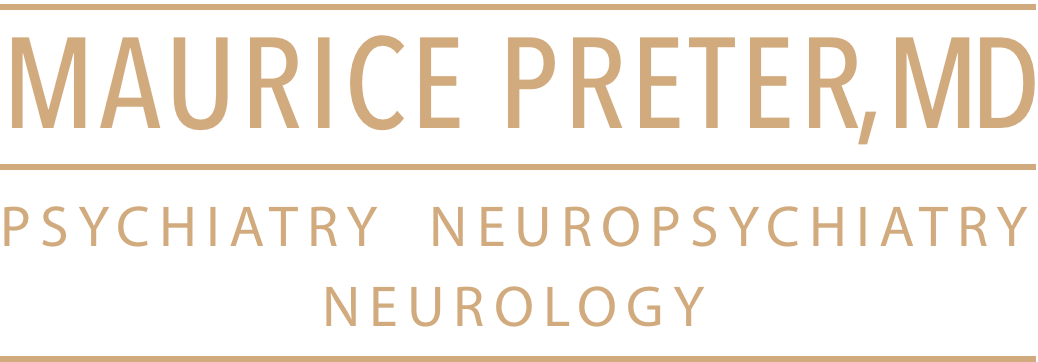Abstract
There is strong epidemiological evidence that poor diet is associated with depression. The reverse has also been shown, namely that eating a healthy diet rich in fruit, vegetables, fish and lean meat, is associated with reduced risk of depression. To date, only one randomised controlled trial (RCT) has been conducted with elevated depression symptoms being an inclusion criterion, with results showing that a diet intervention can reduce clinical levels of depression. No such RCTs have been performed in young adults. Young adults with elevated levels of depression symptoms and who habitually consume a poor diet were randomly allocated to a brief 3-week diet intervention (Diet Group) or a habitual diet control group (Control Group). The primary and secondary outcome measures assessed at baseline and after the intervention included symptoms of depression (Centre for Epidemiological Studies Depression Scale; CESD-R; and Depression Anxiety and Stress Scale– 21 depression subscale; DASS-21-D), current mood (Profile of Mood States), self-efficacy (New General Self-Efficacy Scale) and memory (Hopkins Verbal Learning Test). Diet compliance was measured via self-report questionnaires and spectrophotometry. One-hundred-and-one individuals were enrolled in the study and randomly assigned to the Diet Group or the Control Group. Upon completion of the study, there was complete data for 38 individuals in each group. There was good compliance with the diet intervention recommendations assessed using self-report and spectrophotometry. The Diet group had significantly lower self-reported depression symptoms than the Control Group on the CESD-R (p = 0.007, Cohen’s d = 0.65) and DASS-21 depression subscale (p = 0.002, Cohen’s d = 0.75) controlling for baseline scores on these scales. Reduced DASS-21 depression subscale scores were maintained on follow up phone call 3 months later (p = .009). These results are the first to show that young adults with elevated depression symptoms can engage in and adhere to a diet intervention, and that this can reduce symptoms of depression. The findings provide justification for future research into the duration of these benefits, the impacts of varying diet composition, and their biological basis.

